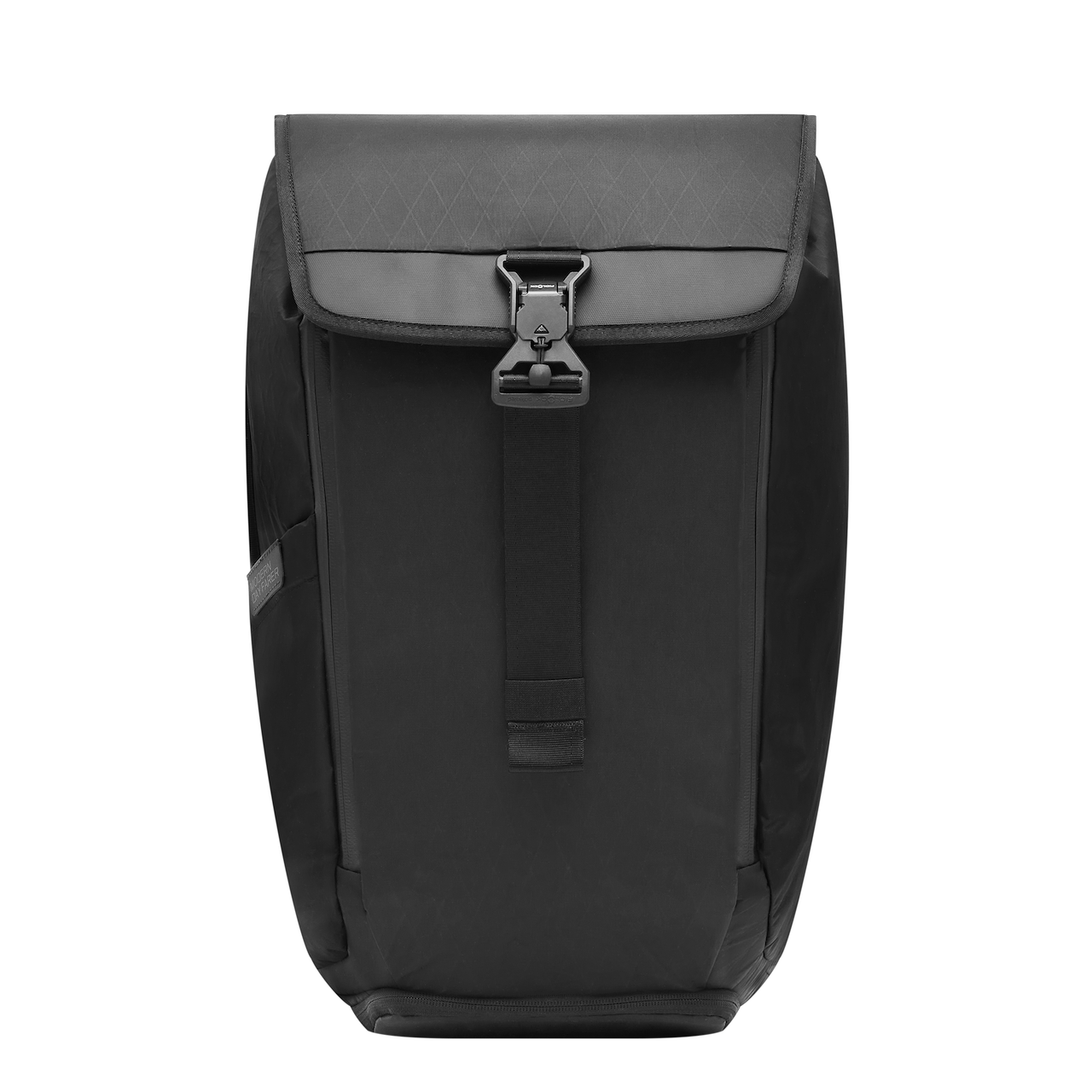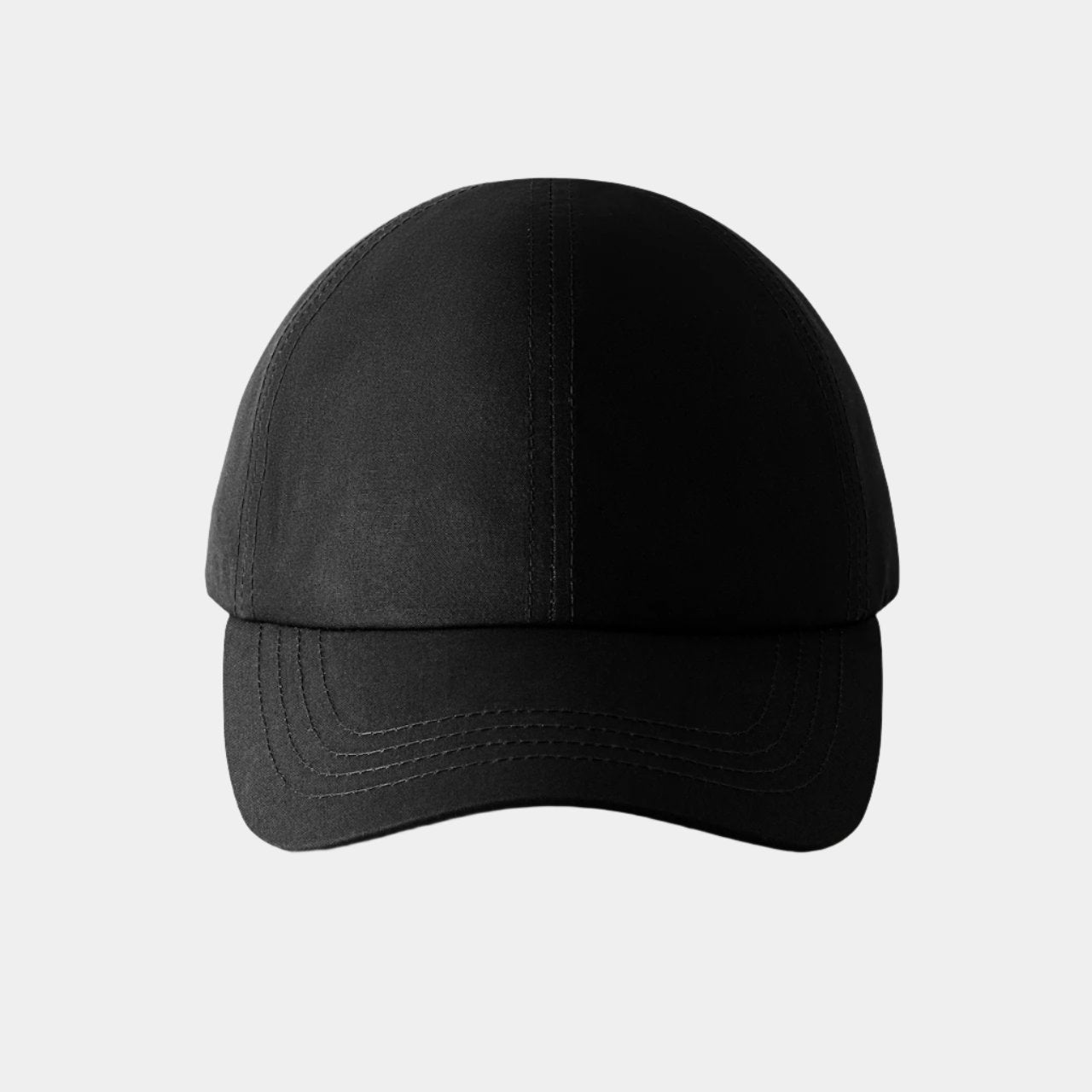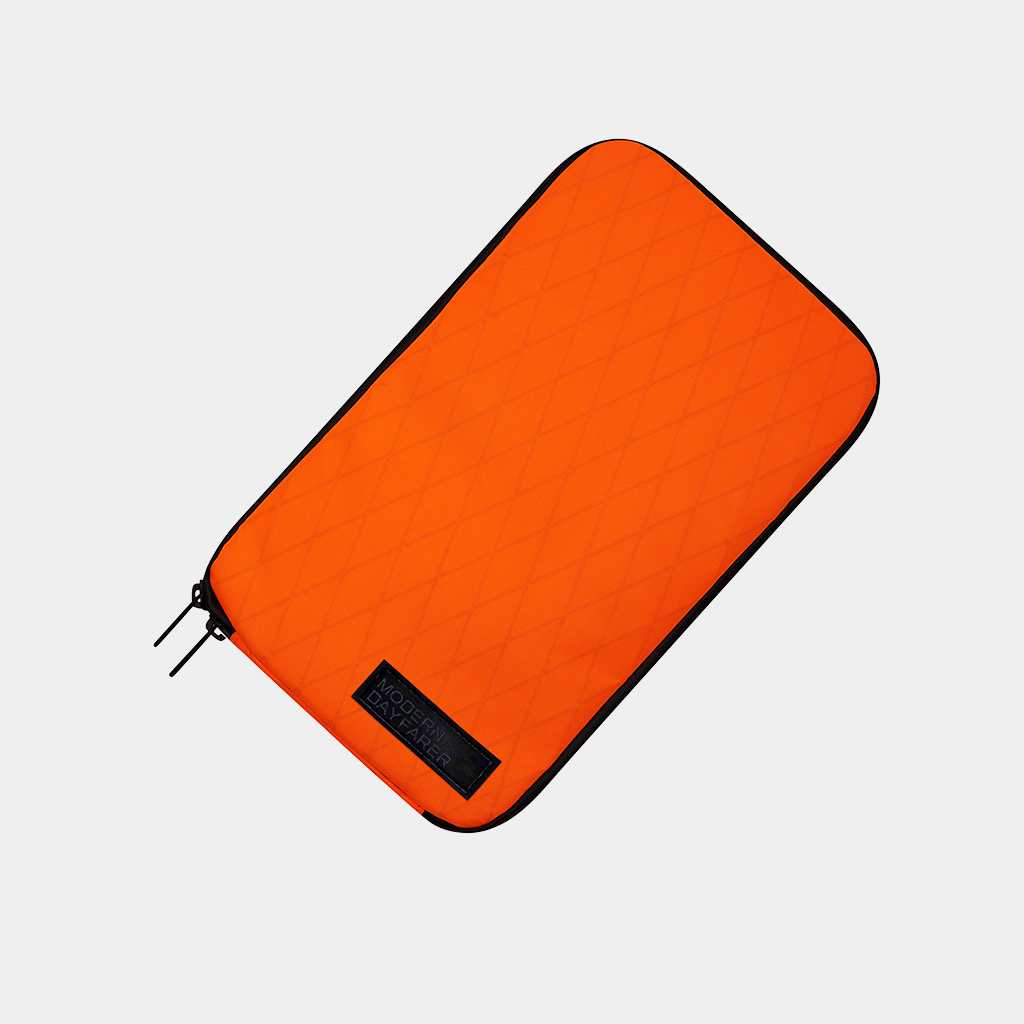SUSTAINABILITY
In a world full of fleeting trends, we stand by our belief in timeless designs. Our materials are carefully selected for their durability and top quality, ensuring that each MODERN DAYFARER bag lasts for many years. We believe that timeless designs crafted from high-quality fabrics and materials are the most important starting point for sustainability.
Fabrics
Our main fabric is 840D ballistic nylon, which is extremely durable and resilient. That’s why we use it for our products. To take another step toward sustainability, all fabrics we use are now PFAS-free coated.
Why we remove PFAS chemicals from the coating:
- Persistence: PFAS do not break down in nature and remain permanently in the environment.
- Bioaccumulation: They can accumulate in the bodies of animals and humans, causing long-term health issues.
- Toxicity: PFAS are linked to health problems like liver and kidney damage and certain types of cancer.
- Water contamination: PFAS dissolve easily in water, polluting water sources.
- Soil contamination: PFAS residues in soil can impact soil quality and harm plant growth.
Another goal is to use solution dyed fabric, as this method uses less water and energy and ensures longer-lasting colors. Currently, however, this is not possible because we’re still a small company and don’t yet have the order volume required for our supplier to dye the fabric in this way. However, as we continue to grow, we hope to implement this soon.
What is solution-dyeing, and why do we aim to use it in the future:
Solution-dyeing is a technique where color is added to the nylon fibers during production, rather than dyeing the fabric afterward. This method uses less water and energy, making it more environmentally friendly. It also ensures that colors last longer, even with frequent use and exposure to sunlight.
Why suppliers only offer this option for large orders:
Fabric suppliers prefer to dye materials only after receiving an order, as this is more efficient for their inventory management. They keep the fabric in its undyed (white) state and only dye it according to the specific color requests of each order. This approach helps ensure that they don’t run out of the most in-demand colors.
Why we use only this one recycled fabric
When we look for alternatives to 840D ballistic nylon, we choose the VX21 XPac® fabric from Dimension Polyant’s cleenTEC® line. This is the only recycled fabric we currently use because it combines exceptional durability with sustainability and is produced in eco-friendly facilities. We have extensively researched other recycling methods but found mixed results.
We have had in depth discussions with various manufacturers about sustainable fabrics and recycling methods. However, transparency in recycling processes is often lacking, and many recycled fabrics do not match the durability and resilience of their virgin counterparts, a crucial factor for long-lasting products like backpacks. Recycling PET bottles and waste materials like fishing nets or carpets is energy-intensive, and the resulting polyester fabrics often do not match the durability of pure polyester. Additionally, recycled materials are often more expensive and less durable, meaning you get less for a higher price.
Packaging initiatives
We have minimized our packaging as much as possible to reduce material use and save space during transport and storage. This approach is not only eco friendly but also cost effective, helping us keep our products affordable. The pursuit of maximum sustainability without compromising affordability is crucial, as excessive costs could deter consumers.
Additionally, we are actively working on making our packaging, including hang tags, 100% recyclable.






